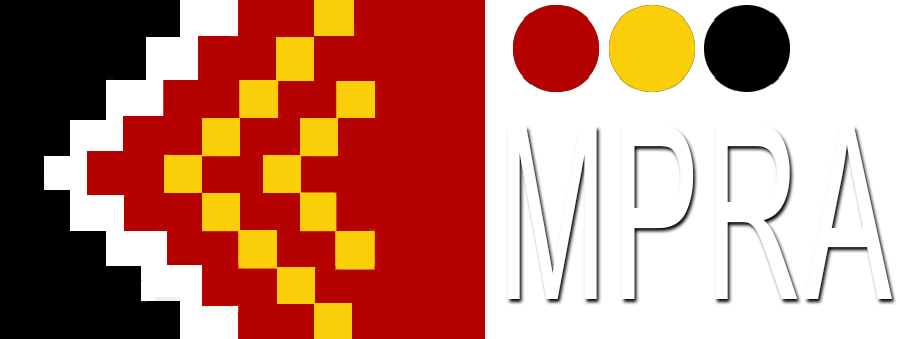Murdi Paaki Lessons Learned Project
Murdi Paaki Regional Assembly and the Department of the Prime Minister and Cabinet are partnering in an important project to record the history of the Assembly and to understand and share the lessons learned from almost 30 years of community-led governance in the Murdi Paaki Region.
The Murdi Paaki model has been evolving steadily since the Aboriginal and Torres Strait Islander Commission (ATSIC) came into being in 1990. The Assembly has survived changes of Australian and NSW governments, the coming and going of successive Indigenous Affairs policies, programmes and services, and the handing down of leadership within the Murdi Paaki Region. But what are the factors that have helped the Murdi Paaki model to last the distance? How has it become such a successful governance structure for the Aboriginal people of the Region? And what lessons are there in the Murdi Paaki experience for government partners, and for other groups elsewhere who are interested in building their own custom-made arrangements for governance and representation?
These questions are the reason for the Lessons Learned project. The official purpose of the project is to document the ‘history, context, development, lessons learned and successful qualities of the Murdi Paaki regional governance model’. Most importantly, the Lessons Learned project is about understanding the way that the Murdi Paaki model has evolved to give voice to Aboriginal people in the Murdi Paaki Region, and to allow those voices to be heard. The project is purely descriptive and is not an evaluation.
There are to be three outputs from the project:
- a written history of the Assembly;
- paper and electronic resources for use by communities and others interested in governance; and
- a high-level report for Government
The Department, in partnership with the Assembly (MPRA), has engaged Burns Aldis to explore the factors for success in the Murdi Paaki model for community-led governance. The project is being informed by workshops and interviews with Assembly delegates, Community Working Parties and people who have been involved with the Assembly since the early days. Group interviews with Community Working Parties will take place during late July and early August, and the draft outputs will be ready by late September. This webpage will be updated as the project findings become available.
Murdi Paaki Regional Assembly appreciates the interest of the Australian Department of the Prime Minister and Cabinet in the Murdi Paaki model for community led governance and thanks the Department for its willingness to fund this project. It is important to note that all intellectual property in this project has been assigned to the Assembly.
“That’s our document – that’s the DNA of the Murdi Paaki mob. The original intent of the Assembly and governance out here is not about responding to government; it’s about recognising our mob, the voice of our people. Everyone supports the concept of doing this sort of work so that we can highlight the leadership that’s happened in the past – where’s this has come from – so when our young people are picking up in the future, like in 20 years time, they say: ‘Those fellows were trying to protect us. Trying to get our voice to government, and trying to do things for us’. So we’ve got to leave something for our young people.” - Des Jones, MPRA Independent Chair
For the summary of Lessons Learned click here.
For Part A - History and Experiences in the Murdi Paaki Region, click here.
For Part B - Lessons Learned, click here.

